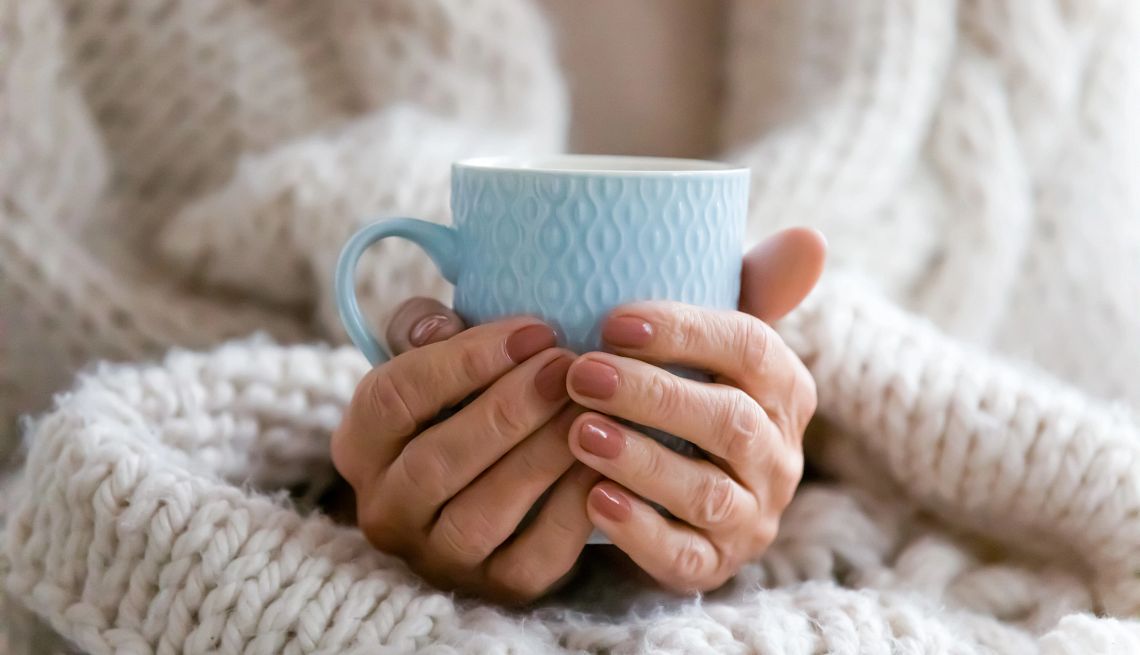Create a respite care plan to give caregivers a break
Create a respite care plan to give caregivers a break"
- Select a language for the TTS:
- UK English Female
- UK English Male
- US English Female
- US English Male
- Australian Female
- Australian Male
- Language selected: (auto detect) - EN
Play all audios:
If you care for a loved one with health problems, dementia or disabilities, you could probably use some breaks to manage your own health and personal business, or just to get time to
yourself. Health professionals call that “respite.” But chances are, you aren’t getting the respite you’d like. While nearly 4 in 10 family caregivers want respite services, just 14 percent
receive them, according to “Respite Services: A Critical Support for Family Caregivers,” a 2024 report from the AARP Public Policy Institute. That gap comes with a price, says Jason
Resendez, president and CEO of the National Alliance for Caregiving. “Caregiving has consequences,” he says. Caregiver surveys show that “the levels of emotional distress that caregivers
experience is really high.” Many caregivers say their health has suffered, and more than one-third say their finances have, says Resendez. “Respite may not be a silver bullet,” but it can
help, he notes. Some programs and policies have improved access to respite care in recent years, says Heather Young, an associate director of the Family Caregiving Institute at the
University of California, Davis. But both Resendez and Young say that families often don’t know about the help available. So here’s what you need to know. WHAT TYPE OF RESPITE CARE IS
AVAILABLE? Some services come to your home to provide you with a few hours’ respite, while others can take your loved one for a few hours a day, an occasional overnight or longer. 1.
VOLUNTEERS. Whether it’s a family member, a neighbor or friend, or a volunteer from a faith group or service organization, this kind of help can be welcome — and free. But it has limits,
Young says. You or your loved one might not be comfortable with a volunteer you’ve never met. And it can be difficult to find people capable of handling the needs of someone with advanced
dementia or other intense challenges. “I hear a lot of caregivers saying that that’s not really the best option for them,” she says. 2. HOME AIDES. A home health aide, hired directly or
through an agency, can be scheduled regularly to help with dressing, bathing, toileting and eating. It costs a median of $33 an hour, or as much as $6,292 per month, according to Genworth’s
Cost of Care Survey 2023. An aide, or companion, who cooks, cleans and runs errands costs slightly less. Typically, aides won’t come for fewer than four hours a day, Young cautions. 3. ADULT
DAY PROGRAMS. Basic adult day care programs offer supervised activities such as meals, snacks and some assistance for several hours a day outside the home. These programs can be a great
social outlet for people who don’t need frequent hands-on nursing care, Young says. For people with more intense needs, such as those with advanced dementia or complex medical routines,
there are adult day health programs that, for a higher fee, can provide skilled nursing care and services like speech and occupational therapy. The daily median cost of adult day health
programs is $95, according to Genworth. Young says programs with health services generally cost twice as much as basic programs. Unfortunately, day health programs aren’t available in every
community.
Trending News
Netflix fans brand 'masterpiece' true story series 'hard to watch'NewsNetflix fans brand 'masterpiece' true story series 'hard to watch'Netflix series When They See Us is based on the tr...
The Boys fans thrilled as 'even better' spin-off Gen V gets major season 2 update - Surrey LiveNewsThe Boys fans thrilled as 'even better' spin-off Gen V gets major season 2 updateThe Amazon Prime series is set in t...
Martin Clunes shares three things he does daily to improve health - including eating superfoodNewsMartin Clunes shares three things he does daily to improve health - including eating superfoodMen Behaving Badly and...
Scientists pinpoint six foods to 'reverse ageing' in men over 50NewsScientists pinpoint six foods to 'reverse ageing' in men over 50Berries, tea and other plant-based items are among t...
Man had 'a pain in bum' - diagnosis 'took a few weeks to sink in'NewsMan had 'a pain in bum' - diagnosis 'took a few weeks to sink in'His buttock pain was initially put down to an injur...
Latests News
Create a respite care plan to give caregivers a breakIf you care for a loved one with health problems, dementia or disabilities, you could probably use some breaks to manage...
Real possibilities with jay stone shih: carfit, “the talk”Memorial Day Sale! Join AARP for just $11 per year with a 5-year membership Join now and get a FREE gift. Expires 6/4 G...
Social Media Overview WebinarMemorial Day Sale! Join AARP for just $11 per year with a 5-year membership Join now and get a FREE gift. Expires 6/4 G...
Excimer fluorescence of poly(polyoxytetramethylene-glycol naphthalene-2,6-dicarboxylate)ABSTRACT Time resolved emission spectra and fluorescence decay for poly(polyoxytetramethylene-glycol naphthalene-2,6-dic...
Present State of Histone StudiesBook Review Published: 27 February 1965 Present State of Histone Studies A. R. CRATHORN Nature volume 205, pages 840–84...
